Today I would like to dispel a few myths and, above all, explain why thermal compound is not just about the fillers and why there is a lot of marketing and even more inconsistencies and untruths in this gold-digger business. The article is also intended to raise awareness and help to separate honest and diligent suppliers from third-party suppliers and resellers. After all, one thing is always true: the evaluation and selection of thermal compounds is a crucial step in ensuring efficient heat dissipation from components such as semiconductors, CPUs and GPUs.
Table of contents
Today’s article is a collection of technical information and a lot of background knowledge, and I have tried really hard not to describe it too dryly. Nevertheless, it is certainly a lot of new territory for many people and is likely to shatter many a false illusion and the good faith in the marketing of various providers. Industry insiders will forgive me if I still have to break a lot of things down. In this context, my thanks also go to those who have been providing me with precisely this information, technical details and, of course, test samples and specimens for many years, without which it would be impossible to test and evaluate so intensively. Today you will also see a few exotic items from my practice that are not available in retail stores.
Because it is really the sum of all the properties and raw materials used that ultimately lead to a paste that can be used optimally by the end user. The marketing bubbles on most of the packaging are just misleading poetry anyway. And that’s what it’s all about today: raising awareness, knowing the exact processes and drawing the necessary conclusions for the end user.
- Overview of the various heat-conducting media, from paste to pads
- The base (matrix) as the cohesion and foundation of a paste or pad
- The composition of silicone-based pastes and the necessary fillers
- The importance of grinding grades and mixtures
- Special applications such as low-temperature pastes (e.g. LN2 overclocking)
- The actual manufacturing and filling process
- Temperature window of pastes and expansion behavior of different heatsinks
- Use and application on different surfaces
- Ageing. Decomposition and shelf life
- What is the difference between manufacturer, bottler and supplier?
- Profit margins, marketing tricks and conclusion
Introduction to pastes, pads and putty
Thermally conductive pastes, also known as thermal pastes, thermal greases or cooling pastes, are known to improve the thermal connection between the heat source and the heat sink. They compensate for surface irregularities that would otherwise lead to air pockets or bubbles, which are poor heat conductors. So much for the general description that every reader knows.
In addition to the pastes, there are also thermal pads in solid form. Due to their unique material composition and structure, they offer specific advantages in the area of thermal management. Their lower thermal conductivity compared to thermal pastes is often offset by their ease of use, reliability and lower risk of application errors. The decision between using pads or pastes ultimately depends on the specific requirements of the application, including the required thermal performance, installation characteristics and ease of maintenance.
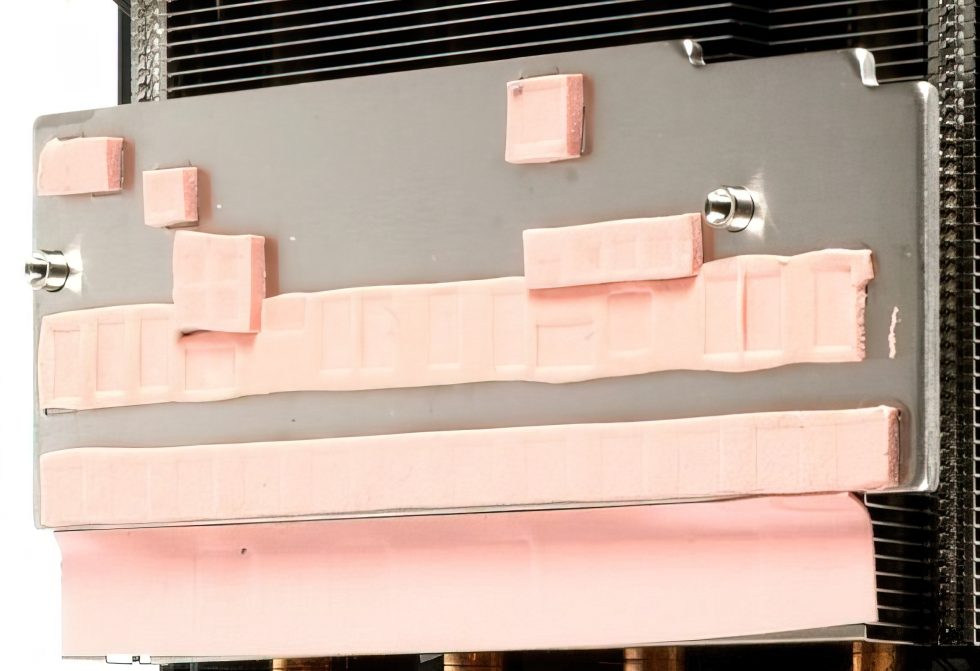
They can be pre-cut and cut to the required size and shape, making them ideal for mass production and applications where quick and easy assembly is required. In contrast, thermal pastes require more careful application to ensure a uniform layer thickness and can be messy when maintaining and disassembling components. Pads offer a clean and repeatable solution, especially in situations where equipment requires frequent maintenance or component replacement.
The thermal conductivity of pads is typically in the range of 1 to 8 W/mK (watts per meter Kelvin), while special pastes can even reach values of over 10 W/mK. The rigid structure of the pads makes them less adaptable to fine surface structures, which can lead to a higher thermal interface resistance. Thermal putty is a kind of middle ground, where the transition between paste and pad is more or less seamless. Thermal putty is somewhere in the middle in terms of thermal conductivity, depending on the version (and price).
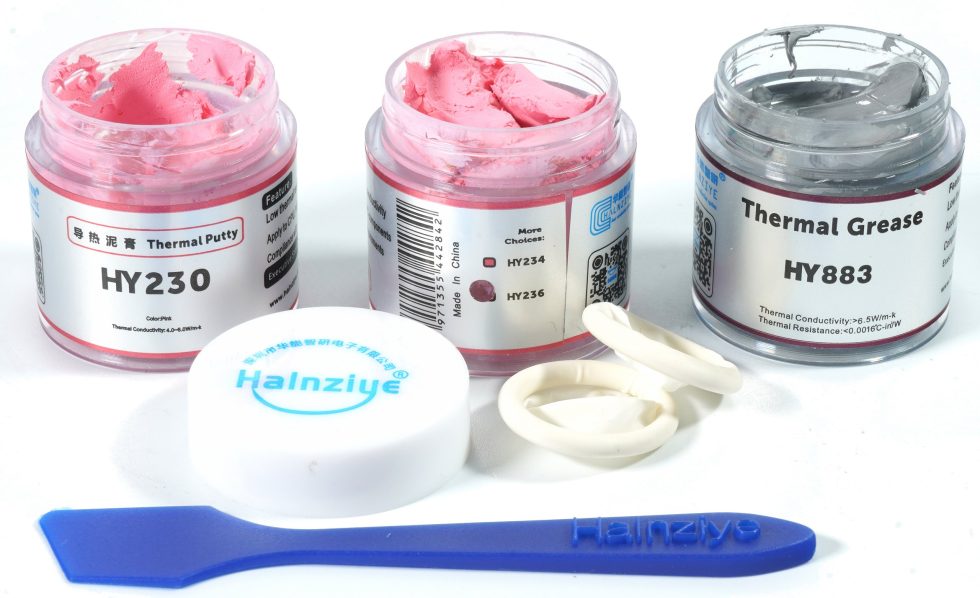
- 1 - The three big P's - introduction to pastes, pads and putty
- 2 - The purpose of thermal pastes
- 3 - The big debate between cheap and expensive
- 4 - The matrix as the basis for all pastes and pads
- 5 - Silicone-based pastes: optimization, durability, decomposition
- 6 - Thermally conductive fillers are important
- 7 - How the degree of grinding influences performance
- 8 - Silicone modification for low temperatures and LN2 overclocking
- 9 - The paste production process and possible hurdles
- 10 - Special case liquid metal (LM)
- 11 - Special case of graphite pads and phase changers
- 12 - Temperature window, expansion behavior, application
- 13 - Ageing and decomposition of pastes and pads
- 14 - Manufacturer vs. bottler, misleading marketing and conclusion














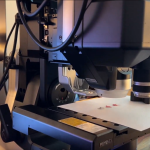
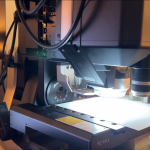
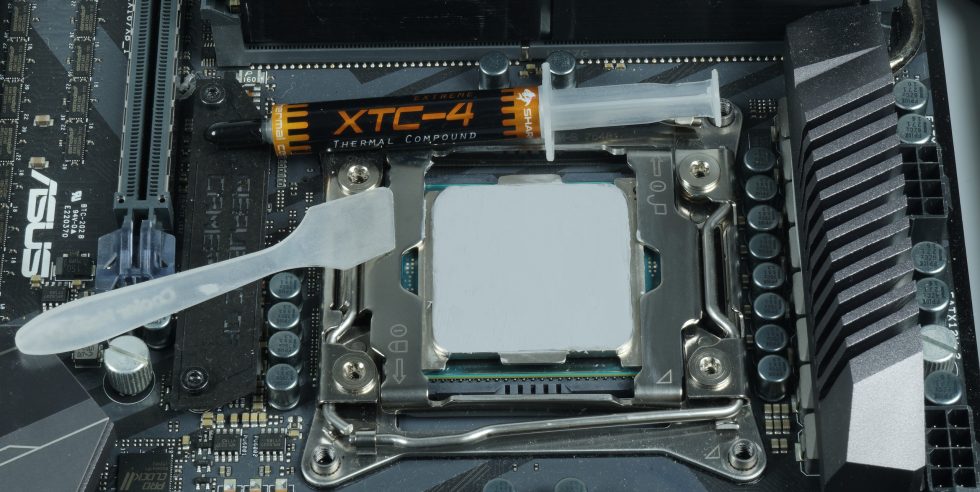



















237 Antworten
Kommentar
Lade neue Kommentare
Veteran
1
Veteran
Urgestein
Mitglied
Urgestein
1
Urgestein
Urgestein
Mitglied
Urgestein
1
Mitglied
Urgestein
1
Urgestein
1
Veteran
Alle Kommentare lesen unter igor´sLAB Community →